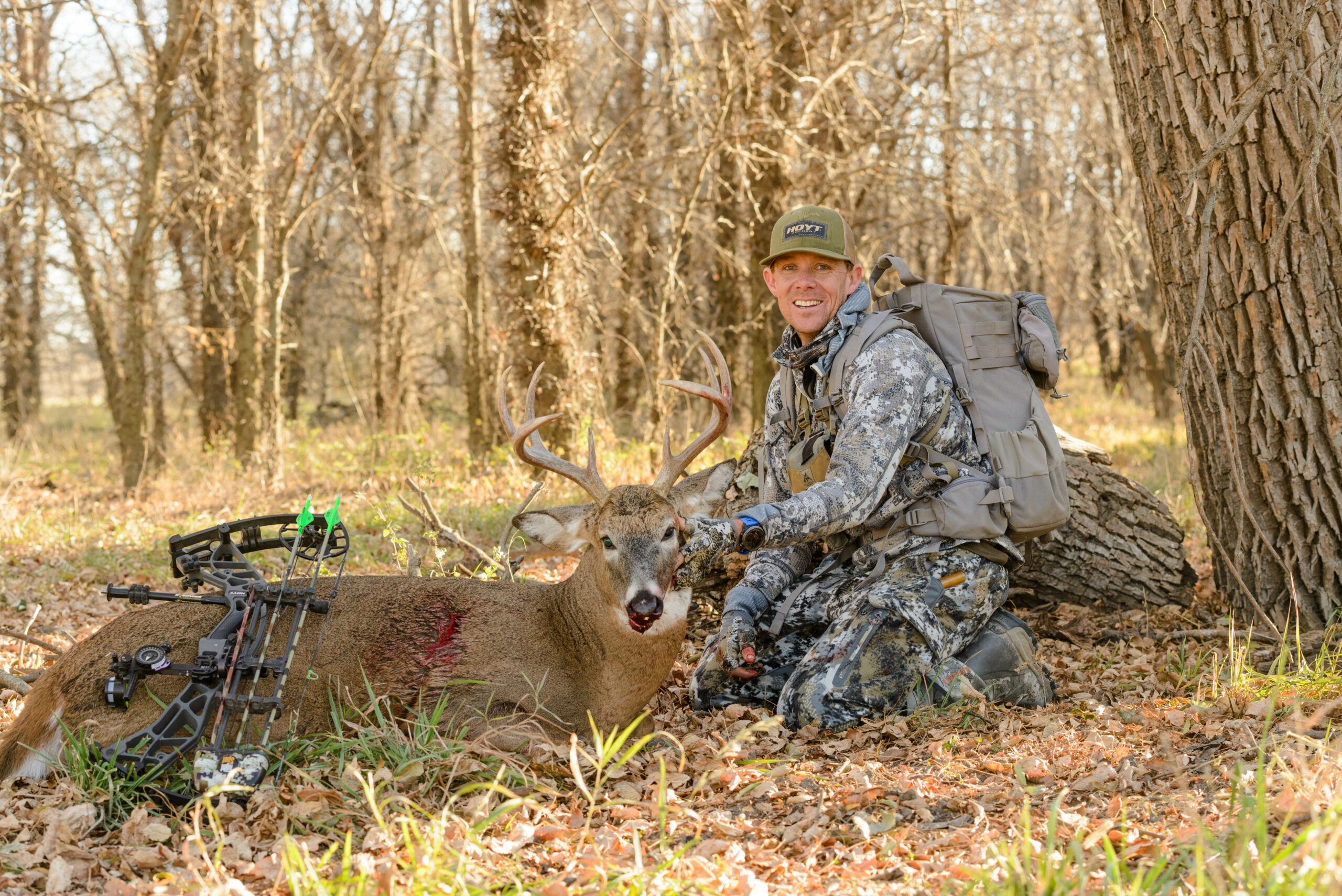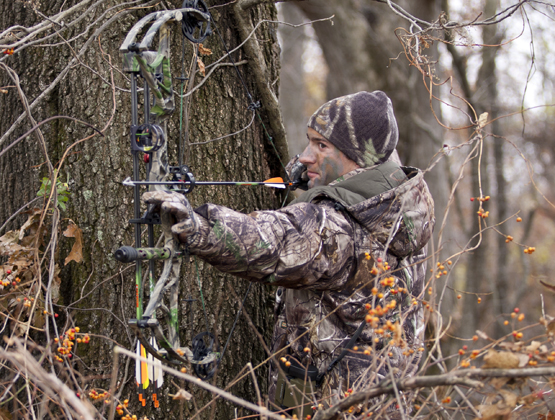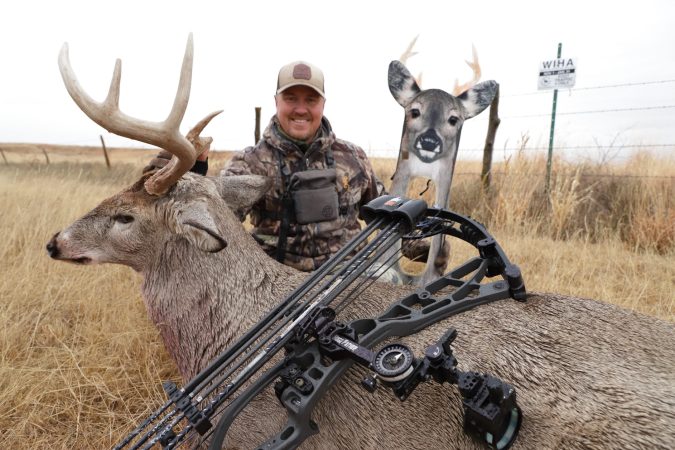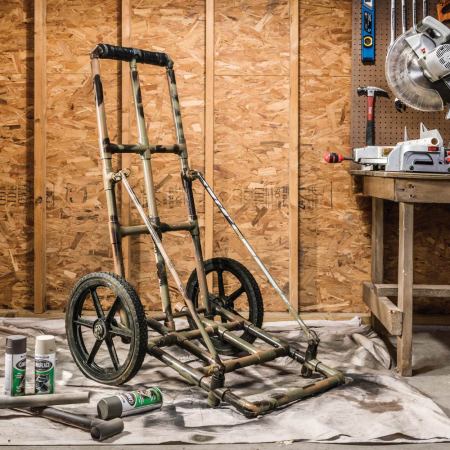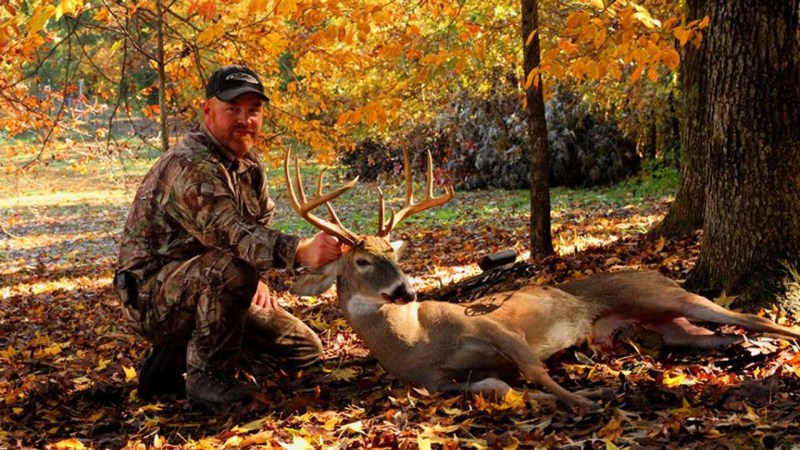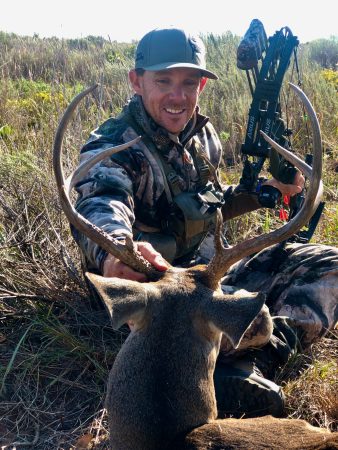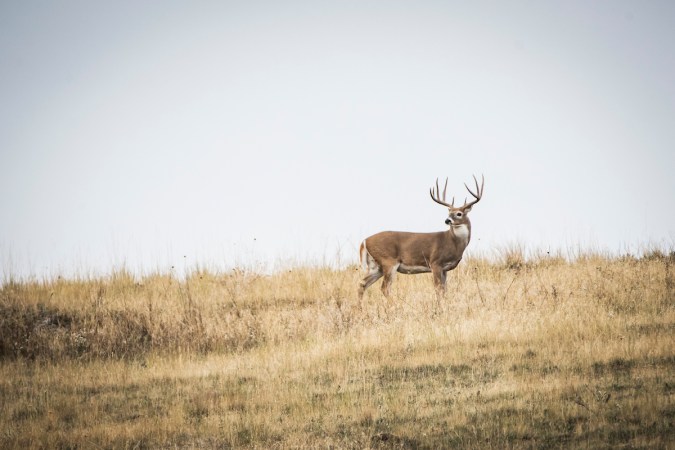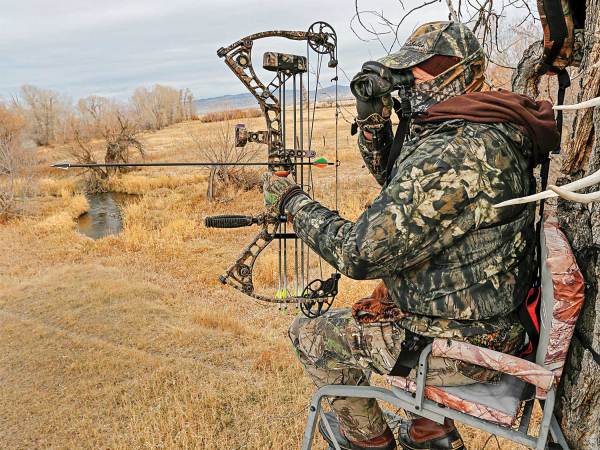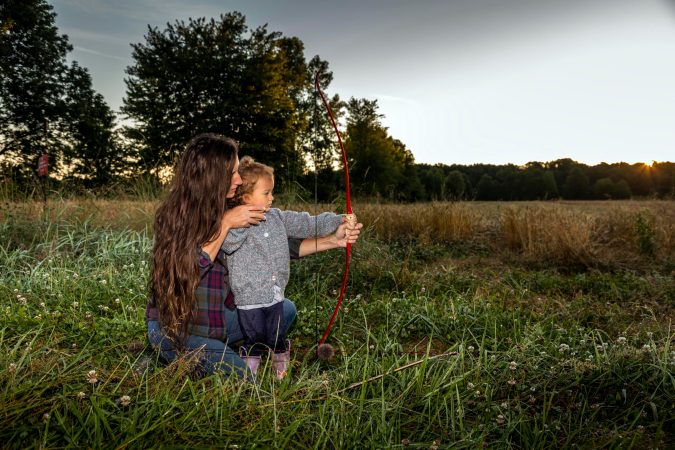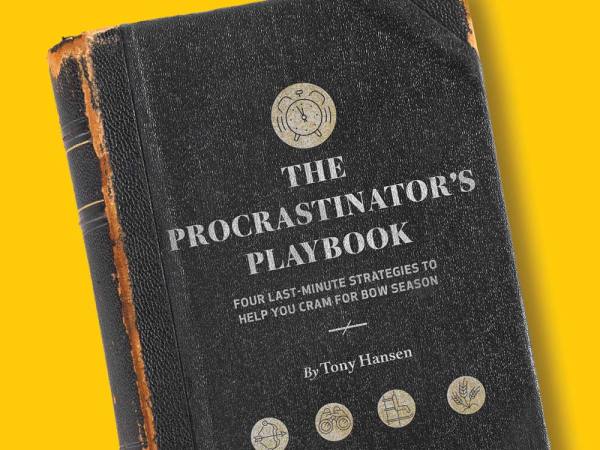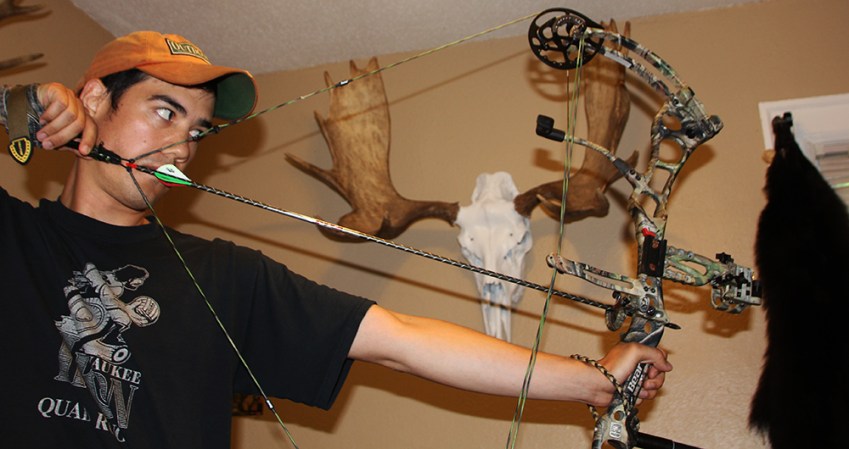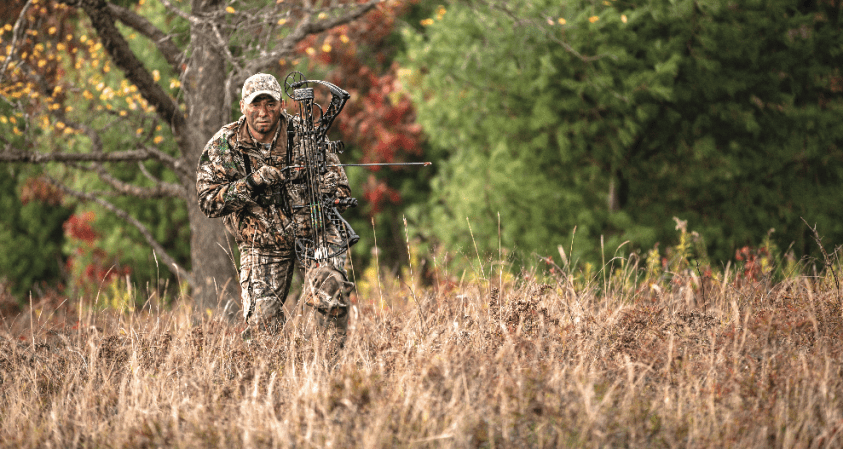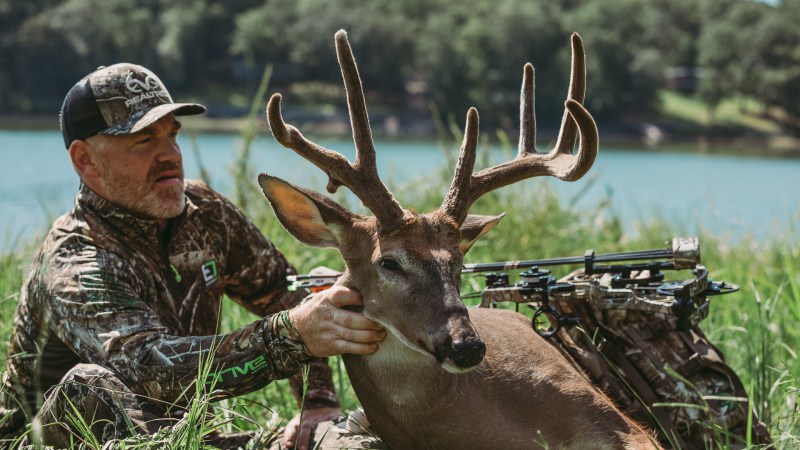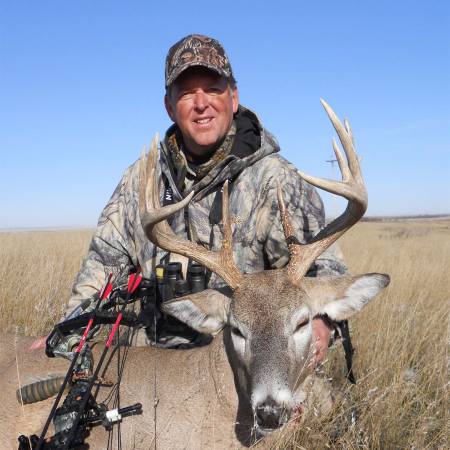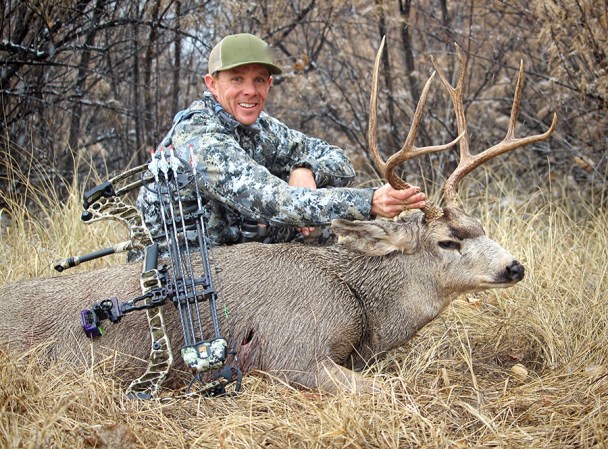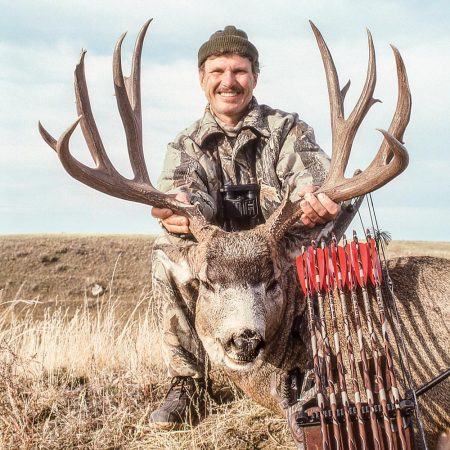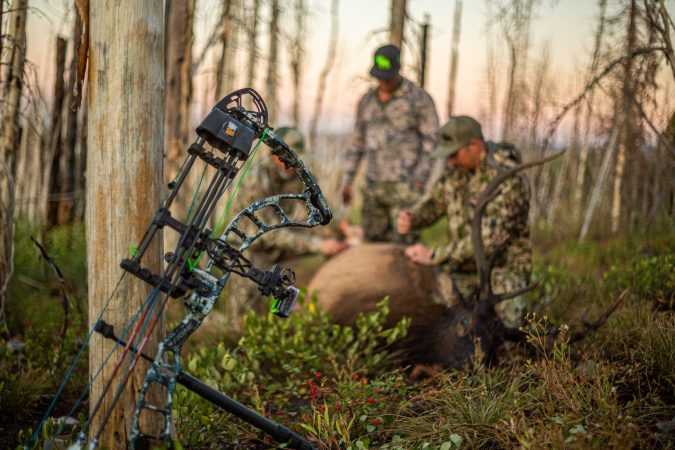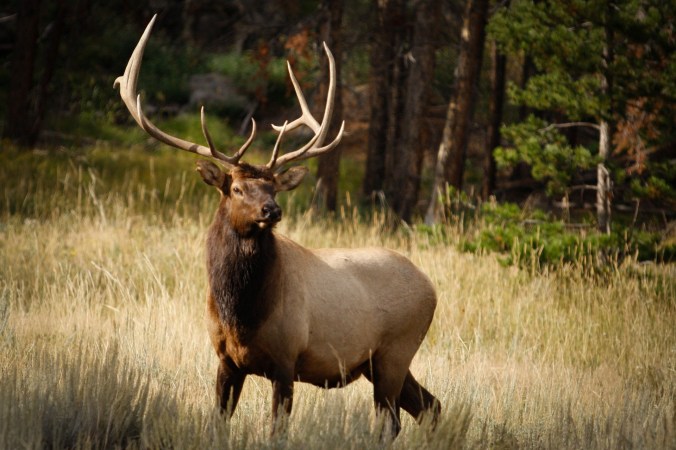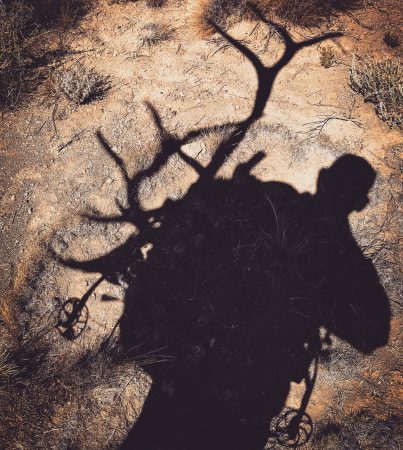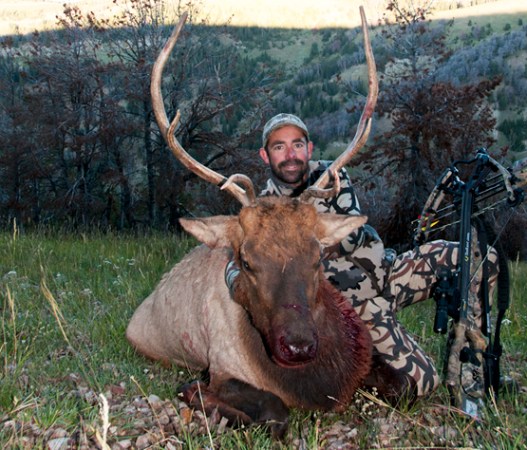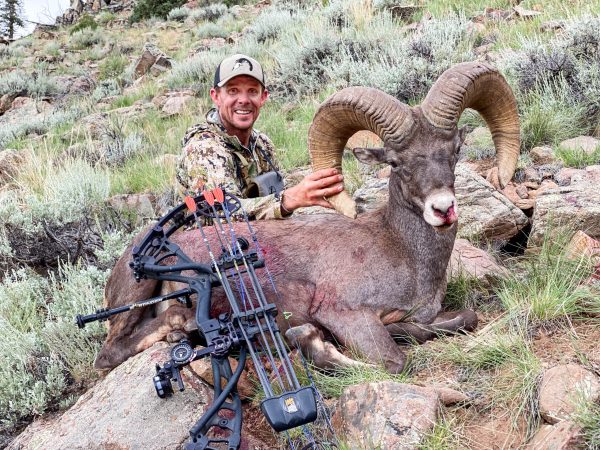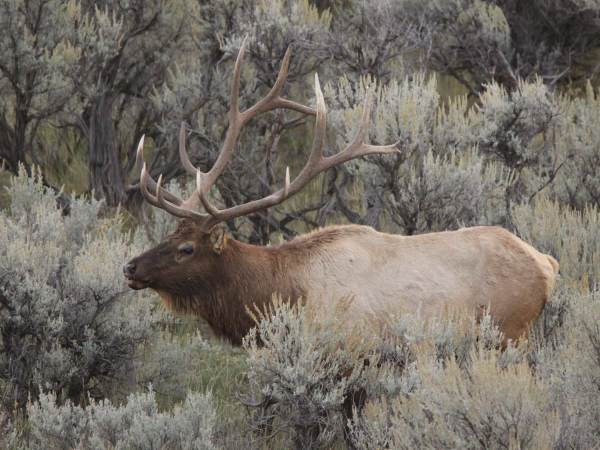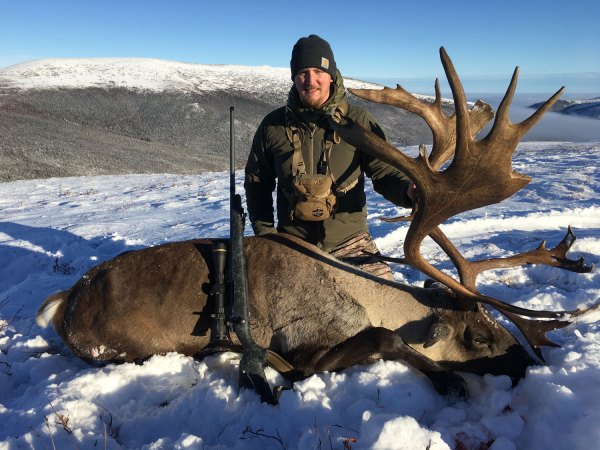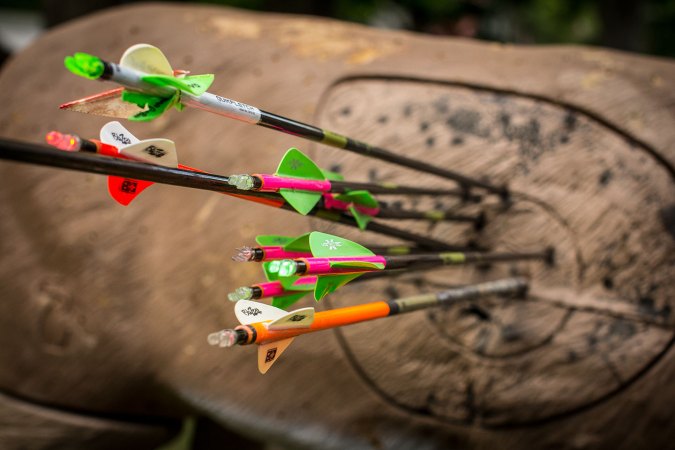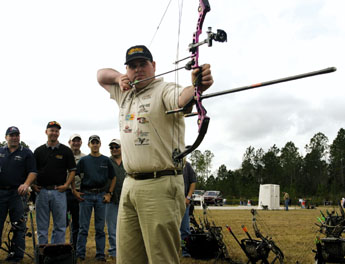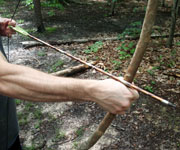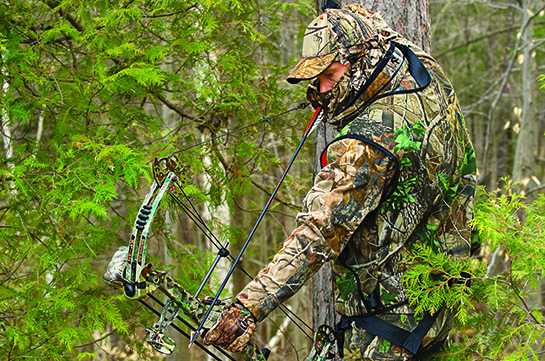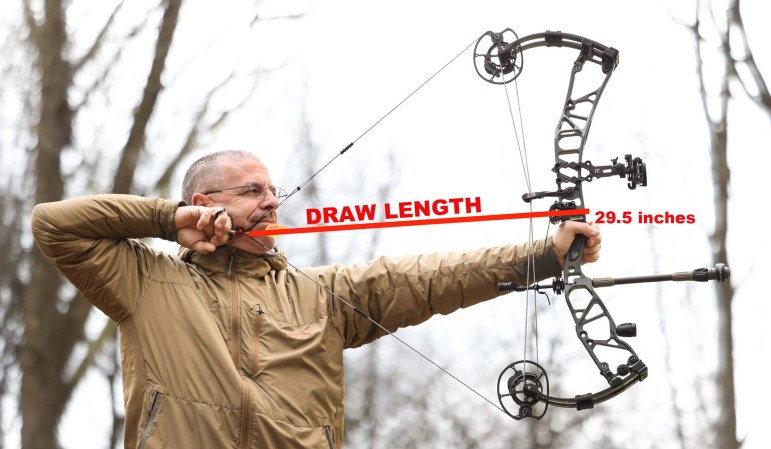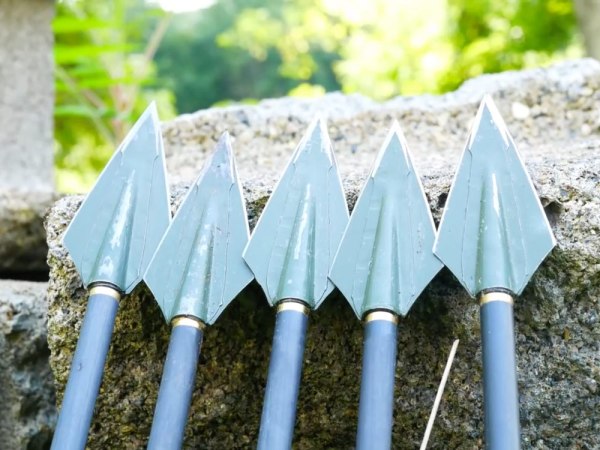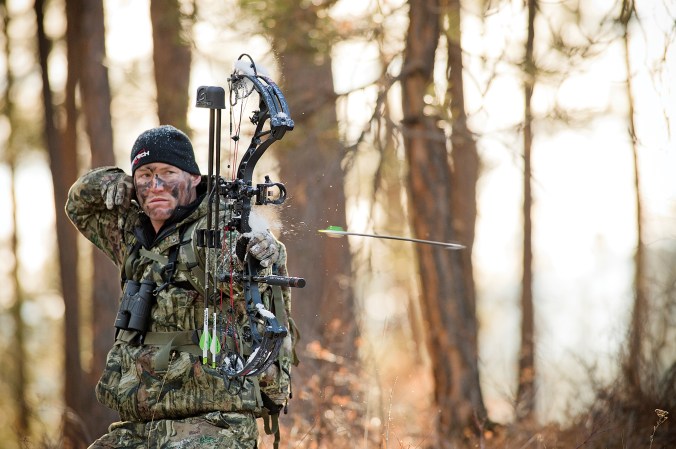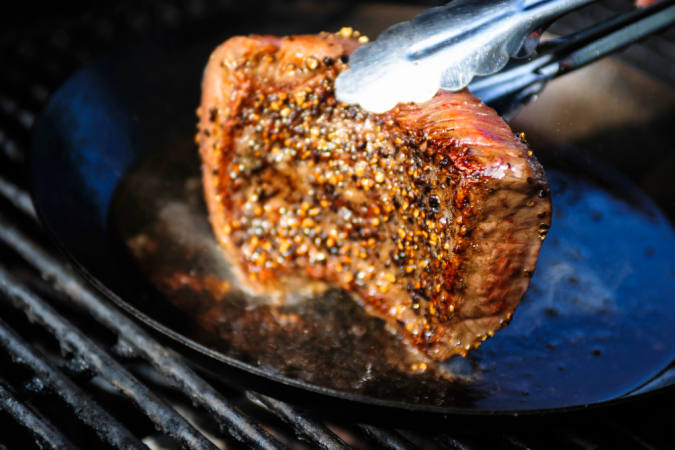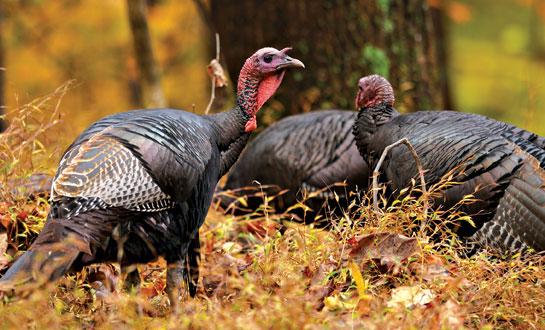We may earn revenue from the products available on this page and participate in affiliate programs. Learn More ›
Setting up a compound bow to hunt whitetails is more complicated than you might think. A lot of hunters just order a bow, have the local shop do a basic tuneup or, do it themselves if they are capable, and think they are good to go. But you’re honestly leaving performance on the table if you go that route.
To get the most out of your compound bow this deer season, there are a few things you need to consider, from component upgrades to the bow you buy. This won’t be a cheap build, but if you’re fanatical about bowhunting deer, creating the ultimate whitetail bow is well worth the money. Here is how to set up your compound bow for fall.
Shoot a Short Bow
Maneuverability is an important feature, especially for those who spend their time 20 feet up a tree, in a hub-style blind, or a shooting house. For this reason, many whitetail hunters opt for a bow that measures no more than 31 inches between the axles. Yes, this is short, but short means maneuverable, and bow engineers have done a fantastic job at creating shorter bows that feel extremely balanced at full draw. A few of my favorites include Hoyt’s 342 fps Ventum 30, Bowtech’s 30-inch axle-to-axle Solution SS, PSE’s EVO EL 32 and the 27-inch axle-to-axle V3 from Mathews. I’ve put arrows through each of these compounds, and all provide accuracy and incredible maneuverability.
Shoot a Heavy Bow at a Low Draw Weight
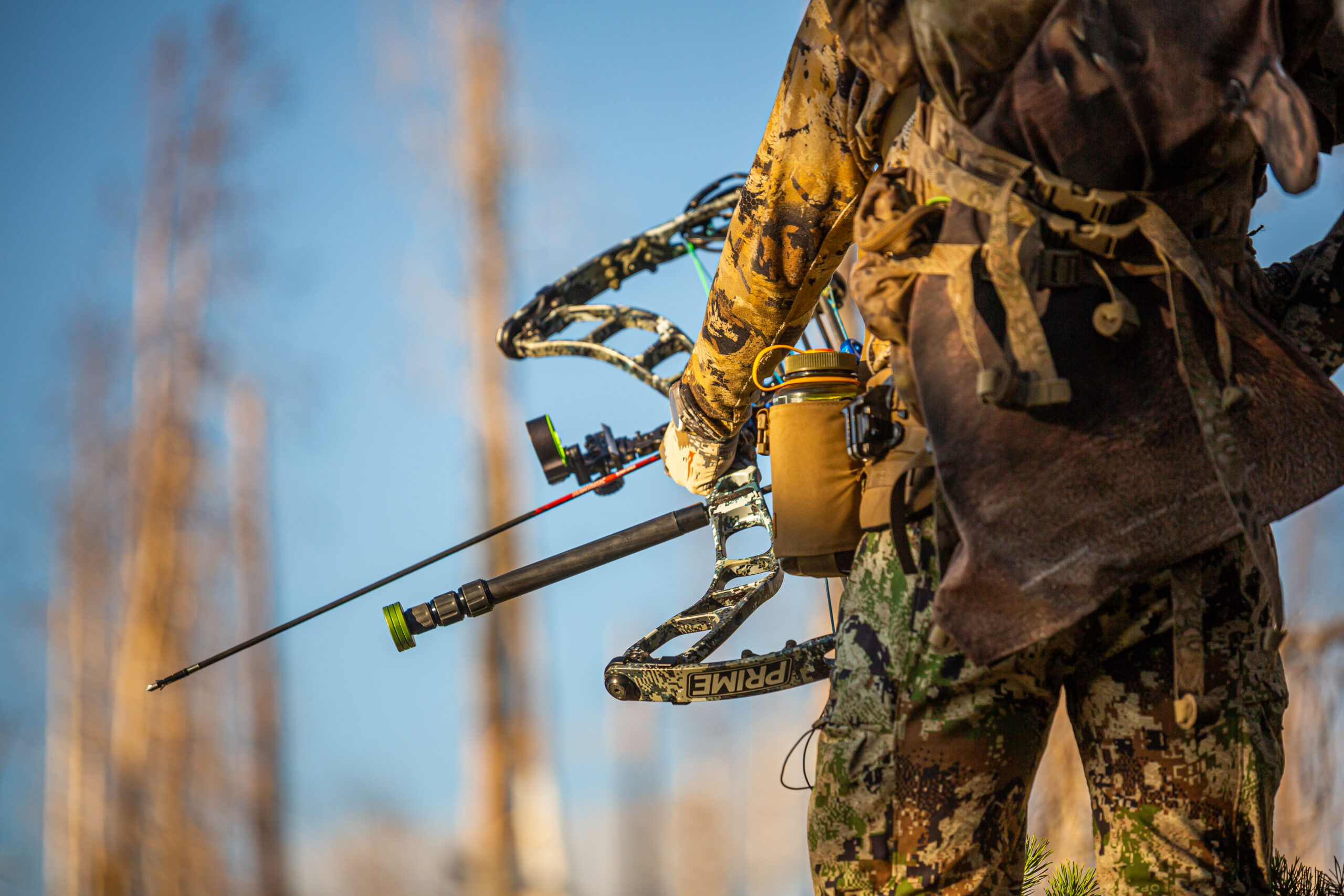
I love a heavy bow, especially for whitetails. (Here I’m talking about the weight of the actual bow, not how heavy it is to draw back). A heavier bow helps steady your sight picture and minimizes pin float on the target. This is especially helpful during moments of buck fever, when the pin(s) seem to bob and weave around your target. It’s also good to have weight during those times when your treestand is swaying in the wind.
What you don’t want to do is try and pull too much draw weight. Whitetail hunting can be a cold affair. Cold temps tighten muscles. Combine that with heavy, bulky clothing and it can make pulling the string back difficult. Shots on whitetails are commonly under 40 yards, meaning 50 pounds of draw weight is plenty in order to get the job done. Naturally, shoot the poundage you’re comfortable with, but I suggest practicing in the clothes you plan to hunt in, and drawing at awkward positions in a treestand and ground blind. If you can’t hold the bow straight out in front of you and pull the string straight back without having to tilt the riser up or down while straining, you’re pulling too much weight.
Stick with a Single-Pin Sight
Some of you will bang on your keyboard when reading this, but few things boost accuracy like an uncluttered sight housing. The advantage of a single-pin system is you get a single aiming point on a vertical post, which makes the shot process much simpler and ups pin clarity on target. Plus, during moments of low light, you get less of the haze effect from the glow of other pins.
Some worry about having a rutting buck at 20 yards that suddenly chases a doe to 38 yards, which they believe requires letting the bow down and dialing the sight. This can be handled in a couple of different ways. First, a sight like Spot-Hogg’s MRT Double Pin, which has two aiming points on a single vertical post gives you two different aiming points. The double pointer on the sight tape will tell you the distance of the second aiming point based on your selected sight tape and what you have that tape dialed to. For 2021, Spot-Hogg also introduced a three-pin system on a single vertical post.
If you don’t want to go the Spot-Hogg route, opt for another quality single pin like HHA’s Tetra, Axcel’s AccuTouch, or CBE’s Engage Hybrid. Set the sight at 25 yards and work on your holding points. By this, I mean practicing often and knowing where to hold you pin at distances of 20, 30, 35 and 40 yards. If you shoot often, knowing where to hold on a buck that’s at 27 yards and suddenly jumps out to 35 yards isn’t very difficult. You can also take a dab of orange or fluorescent green model paint and put a small dot, using a toothpick, on the post down from the pin to give yourself a second aiming point.
Add a Back Bar
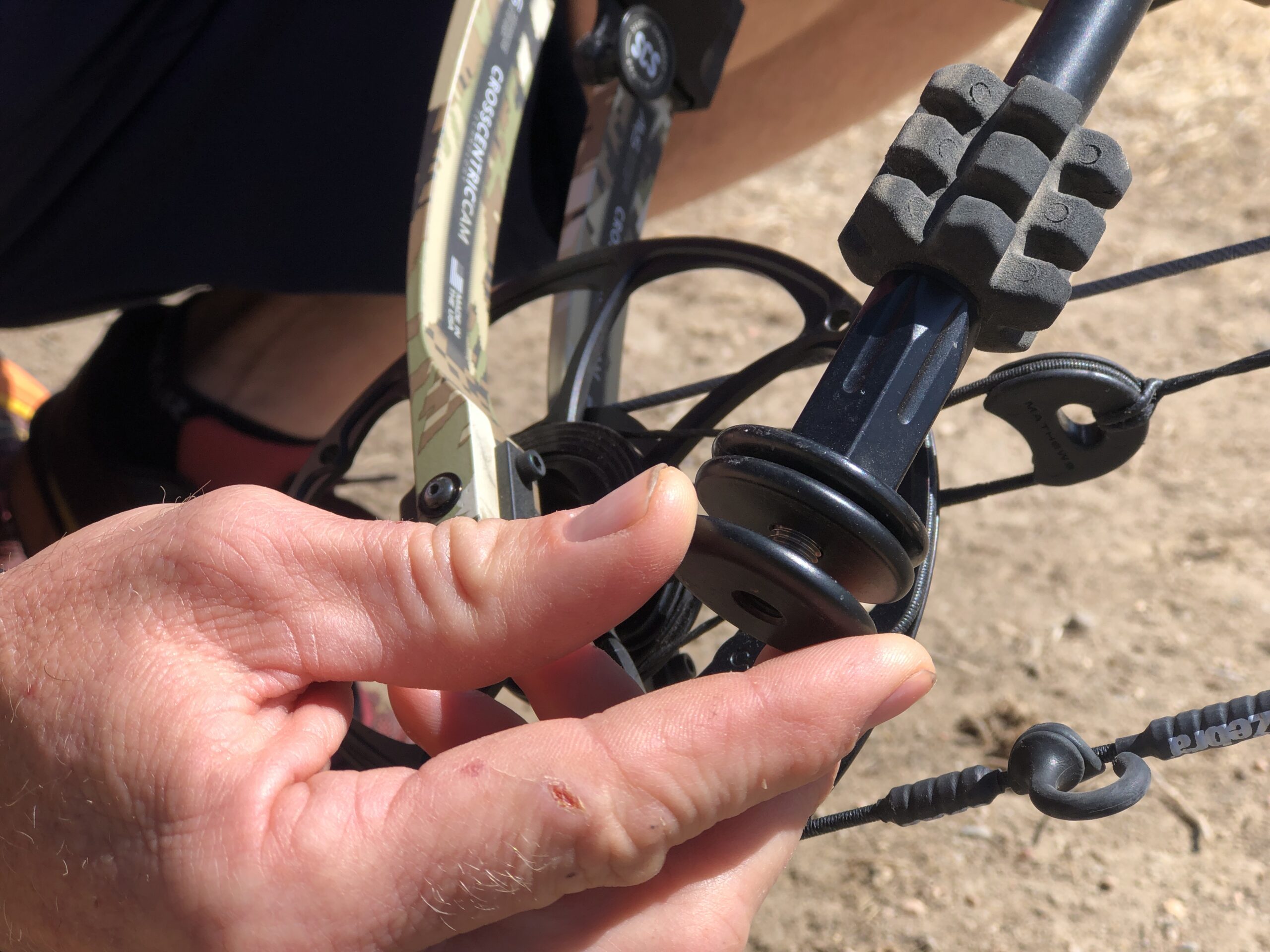
Adding weight to your whitetail compound is important for better stability. One of the easiest ways to do this while boosting overall bow balance is to add a front and back bar stabilizer. A front and back bar system allows you to tinker with weight by adding 1-ounce weights to the front and back bar. Plus, with a back bar on an offset mount, you can angle the back bar down and toward or down and away from the string. If you take your time and play with different weights and the position of the back bar, your accuracy will increase. Two of my favorite systems are Bee Stinger’s Sport Hunter Extreme Kit and Fuse’s Carbon Torch FX stabs with a Hoyt’s Hard Locking Rear Stabilizer Adapter.
Hunt with Your Quiver On or Off?
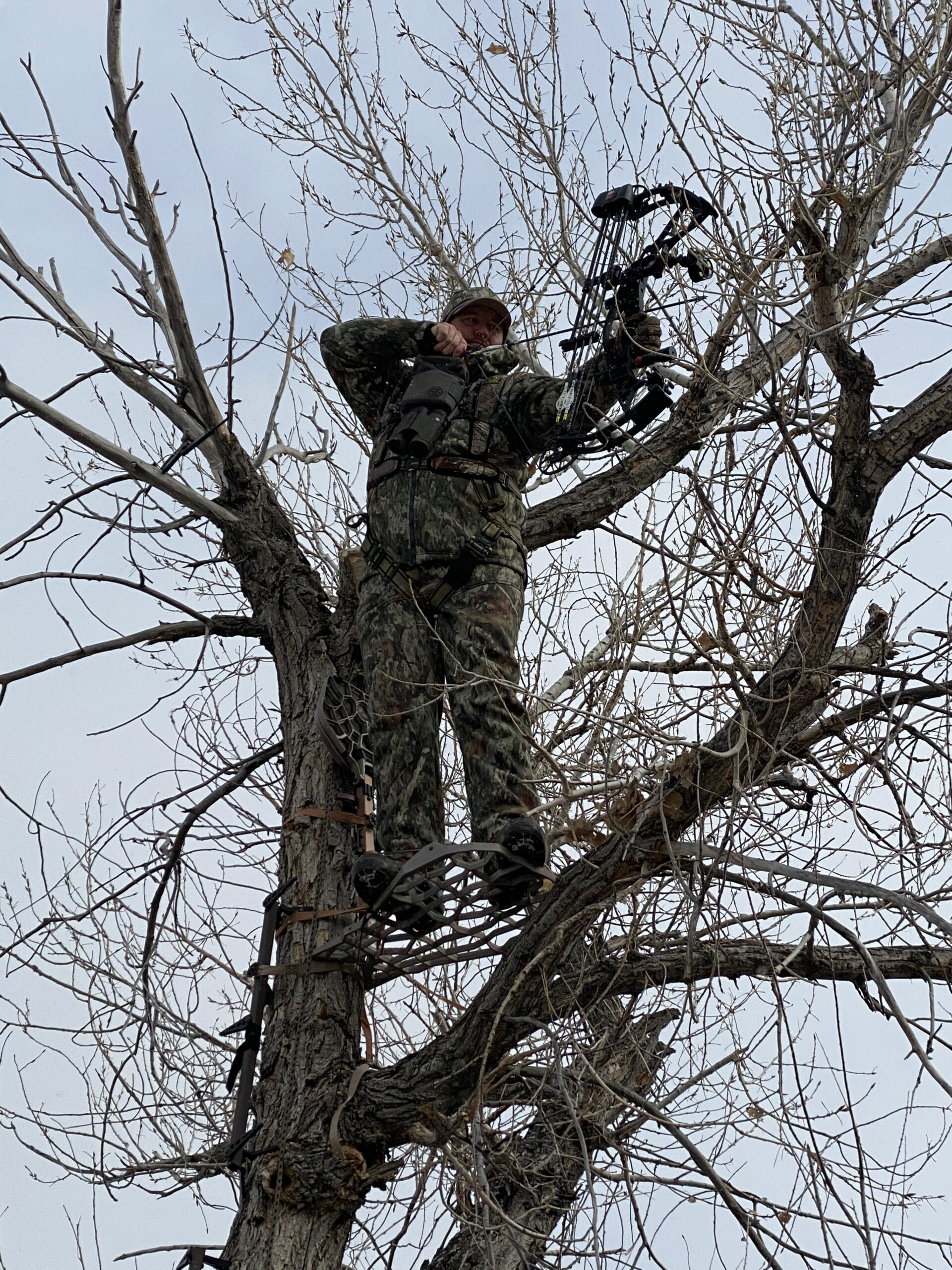
This comes down to your personal preference, but those that prefer to hunt with their quiver on the bow will appreciate how the back bar stabilizer balances out a quiver full of arrows. For those that prefer to hunt with the quiver off, there are countless options on the market. The main thing is making sure the quiver holds your arrows tightly and comes with some sort of tree-hanging hook or device. For example, I lost the opportunity to shoot a giant buck because I tried to lay the quiver across a couple of branches and had the wind send it tumbling just as I reached full draw. The buck spooked and I never saw him again.
Shoot a Heavy Arrow
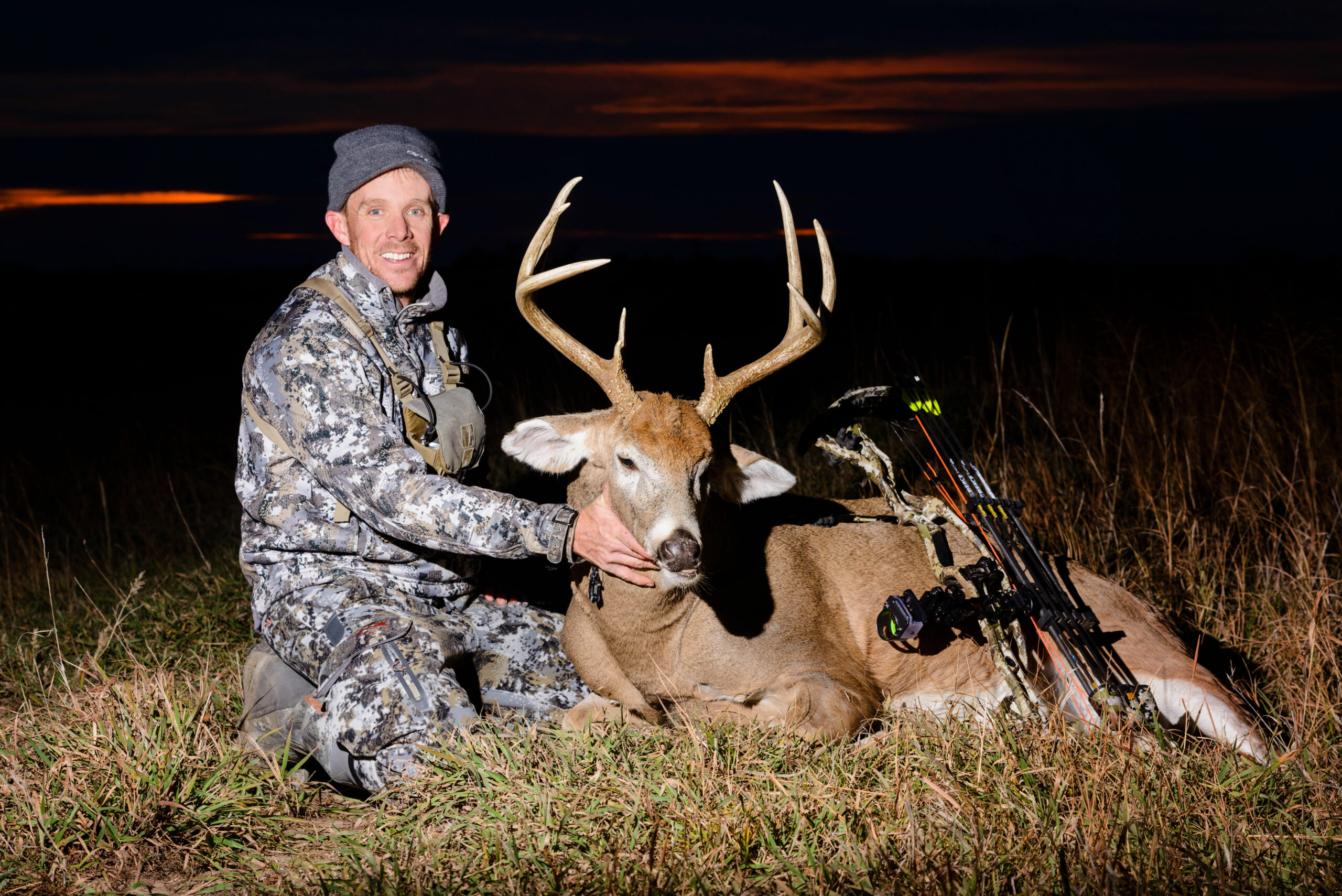
I could care less about arrow speed in the whitetail woods. I want my arrow to penetrate deeply, and I want that arrow to be quiet in flight. Whitetails are fast-twitch creatures, and having a quiet arrow is just as important, if not more important, than having a quiet bow. We all know whitetails are notorious for ducking the string. Personally, I think what triggers them to duck is the sound of the arrow in flight. A heavy arrow like Easton’s 5MM FMJ fitted with a 100-grain broadhead will up penetration and fly quieter than a lighter arrow. Another option to boost arrow weight is to add a brass or titanium insert. Both are heavier than aluminum, and will add weight.
